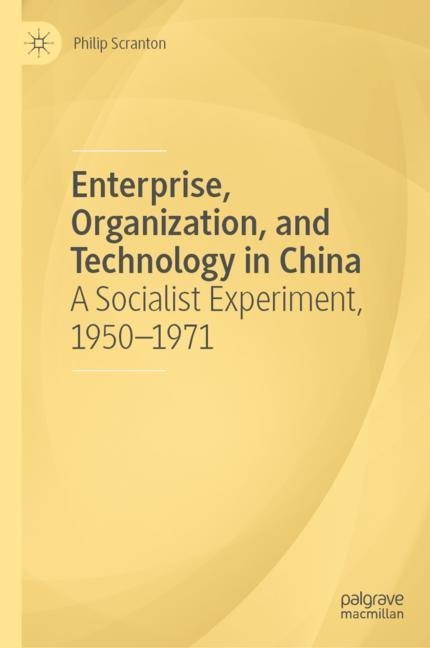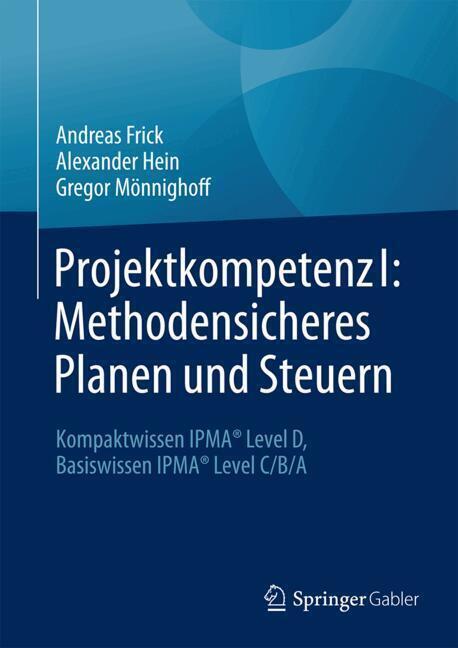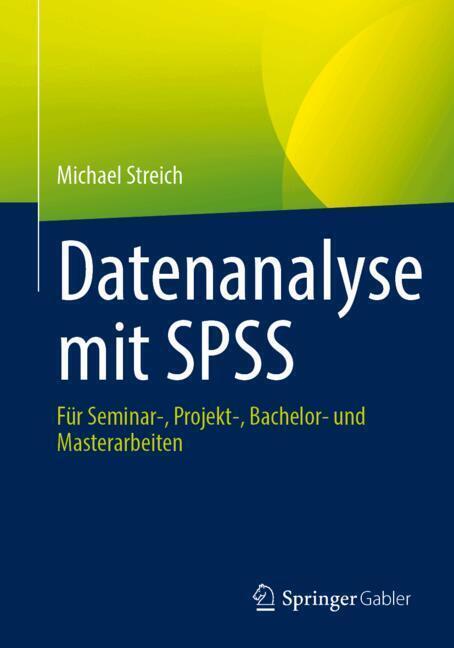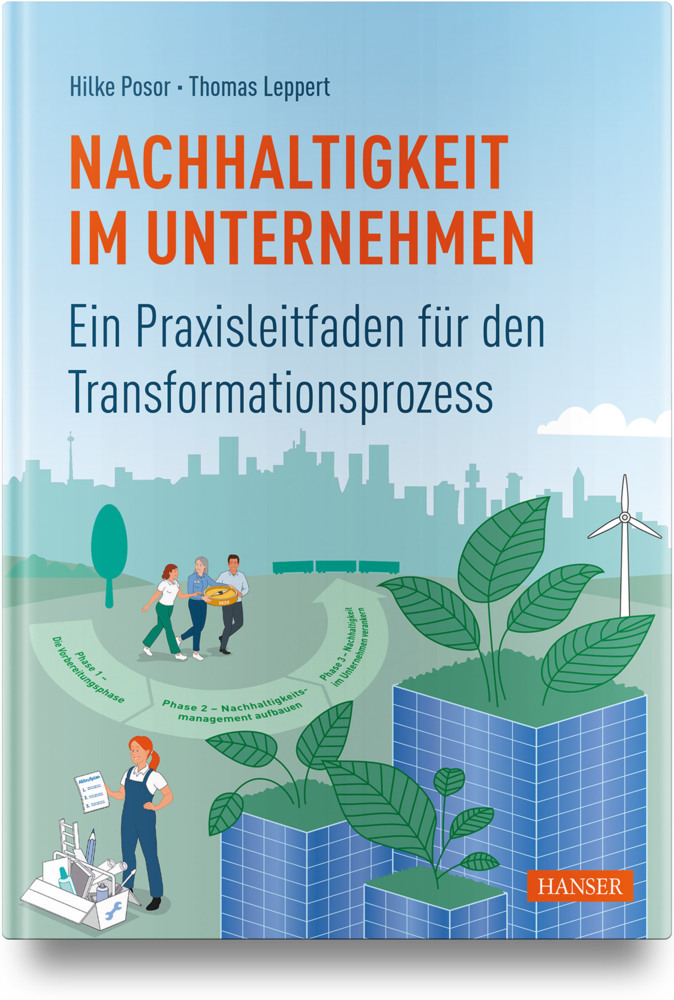Enterprise, Organization, and Technology in China
A Socialist Experiment, 1950?1971
Given the near-silence in technological and business history about post-World War II socialist enterprises, this book gives voice to a generation of Communist China's managers, entrepreneurs, cadres, and workers from the Liberation to the early 1970s. Using recently-opened online archival resources, it details and assesses the course of technical and organizational experimentation at state-owned, cooperative, and private enterprises as the PRC strove to construct a socialist economy through trial-and-error initiatives. Core questions treated are: How did Chinese enterprises operate, evolve, experiment, improvise and adjust during the PRC's first generation? What technological initiatives were crucial to these processes, necessarily developed with limited expertise and thin financial resources? How could constructing 'socialism with Chinese characteristics' have helped lay foundations for the post-1980 'Chinese miracle,' as the PRC confidently entered the 21 st century while Soviet and Central European socialisms crumbled? And what might current-day Western managers and entrepreneurs learn from Chinese practice and performance a half-century ago?
Readers can anticipate a granular, bottom-up analysis of how businesses worked day-to-day in a planned economy, how enterprise practices and technological strategies shifted during the first postwar generation, how managers and technicians emerged after the capitalist exodus, how organizations experimented and adapted, and how the controversies and convulsions of the PRC's early decades fashioned durable technical and organizational capabilities.
Philip Scranton is Board of Governors Professor Emeritus, History of Industry and Technology, at Rutgers University. His publications include eighteen books and over eighty scholarly articles.
1;Preface;5 2;Acknowledgements;7 3;Contents;9 4;List of Figures;12 5;List of Tables;13 6;1 Introduction;14 6.1;1.1Discipline and Purpose;19 6.2;1.2Practical Matters;23 7;Part I Business Practices from Liberation Through the Great Stumble, 1950-1961;30 8;2 Agriculture: Organization for Self-Reliance;31 9;3 Infrastructure as Labor Intensive Development;61 9.1;3.1Centrally Sponsored Construction, 1950-1957;62 9.2;3.2The Organization of State Construction;72 9.3;3.3The Small and the Local;76 9.4;3.4Cement, Floods, and Infrastructure;82 10;4 Commerce and Socialist Construction;93 10.1;4.1Urban and Rural Commerce in the 1950s;96 10.2;4.2Markets and Bending the Rules;100 10.3;4.3Commercial Reform, the Great Leap, and Communalization;102 10.4;4.4Recovery and Creativity;108 10.5;4.5Commerce Supports Agriculture;113 11;5 Industry: From Trial-and-Error to Technology Reform;124 11.1;5.1Managerial Challenges in the Early 1950s;126 11.2;5.2Industrial Investments and Industrial Troubles;131 11.3;5.3Manufacturing's Great Leap;137 11.4;5.4Technical Reform and Technological Revolution;145 11.5;5.5Industry Supporting Agriculture;149 12;Part II Recovery, Reversal, Resilience: Business Practices, 1962-1971;168 13;6 Agriculture as the Foundation;171 13.1;6.1The Four Modernizations and the Four Magic Wands;177 13.2;6.2Upgrading Agriculture by Refocusing Industry;185 13.3;6.3Industry Again Supports Agriculture;194 13.4;6.4Intensification and Diversification-A Closing Note;198 14;7 Infrastructure: Reappraisal and Reorientation;208 14.1;7.1Consolidating Railroad Practice;210 14.2;7.2Road Building and Maintenance;215 14.3;7.3Electrification;219 14.4;7.4Design Reform: Confronting Bureaucracy, Building Collaborations;225 15;8 Commerce and the Market Surge;240 15.1;8.1Rural Commerce in the Adjustment Period;241 15.2;8.2Urban Commerce During the Adjustment Period;251 16;9 Consolidating Industry;269 16.1;9.1Machinery and Heavy Industry;271 16.2;9.2Quality and Technical Cooperation;280 16.3;9.3Rethinking Metal Trade Management and Practice;286 16.4;9.4Specialization and Coordination;289 16.5;9.5Workforce Education;303 16.6;9.6Light Industry;306 16.7;9.7Handicrafts;311 16.8;9.8Consolidation and Advance in Machine Tools;319 17;10 Business Practice and the Cultural Revolution;334 17.1;10.1Manufacturing;343 17.2;10.2Views from Afar;345 17.3;10.3Agriculture and Rural Industry;347 17.4;10.4Commerce;355 17.5;10.5Infrastructure;361 17.6;10.6Moving On;364 18;11 Afterword;381 19;Note on Sources;387 20;Index;393
Scranton, Philip
| ISBN | 9783030003982 |
|---|---|
| Artikelnummer | 9783030003982 |
| Medientyp | E-Book - PDF |
| Copyrightjahr | 2018 |
| Verlag | Palgrave Macmillan |
| Umfang | 401 Seiten |
| Sprache | Englisch |
| Kopierschutz | Digitales Wasserzeichen |










